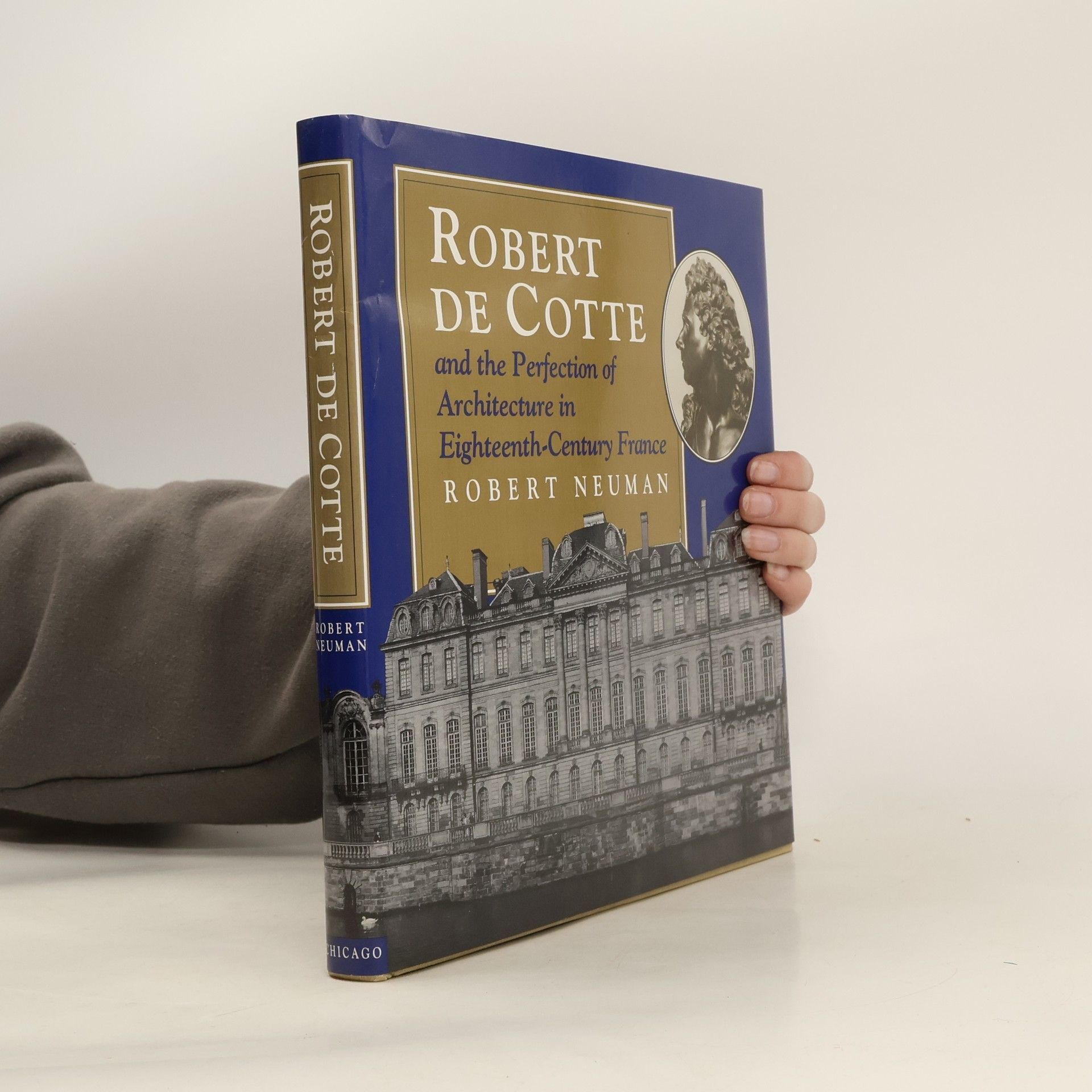Robert de Cotte (1656/7-1735), Principal Architect to the King of France, was among the most prominent European architects of his day. In a period that witnessed the ascendancy of Paris over Rome as the international center of fashion, princes and nobles in Germany, Italy, and Spain eagerly commissioned him to design buildings in the French court style. Robert Neuman provides the first comprehensive examination of fifty or so building projects by de Cotte, which include such extant works as the Hôtel d'Estrées, Paris; Schloss Poppelsdorf, Bonn; and his universally acknowledged masterpiece, the Palais Rohan, Strasbourg.After describing de Cotte's training and the professional context in which he worked, Neuman offers a thorough survey of de Cotte's output. For each commission, he recreates the actual design process, showing how de Cotte manipulated an accepted vocabulary of architectural forms to meet the patron's specific requirements. De Cotte's own drawings, many reproduced here for the first time, and quotations from a wide variety of contemporary writings vividly supplement the case histories. Beautifully illustrated, Neuman's much-needed book reveals de Cotte as an innovative and strikingly modern architect.
Robert P. Neuman Books




The Six Sigma way : how GE, Motorola, and other top companies are honing their performance
- 448 pages
- 16 hours of reading
Six Sigma was originally developed at Motorola in the 1980's and has become one of the most widely discussed and reported trends in business over the past two years, thanks largely to the phenomenal successes of the Six Sigma program at one of the world's most successful companies, GE.
Zavádíme metodu Six Sigma, aneb, Jakým způsobem dosahují renomované světové společnosti špičkové výkonnosti
- 416 pages
- 15 hours of reading